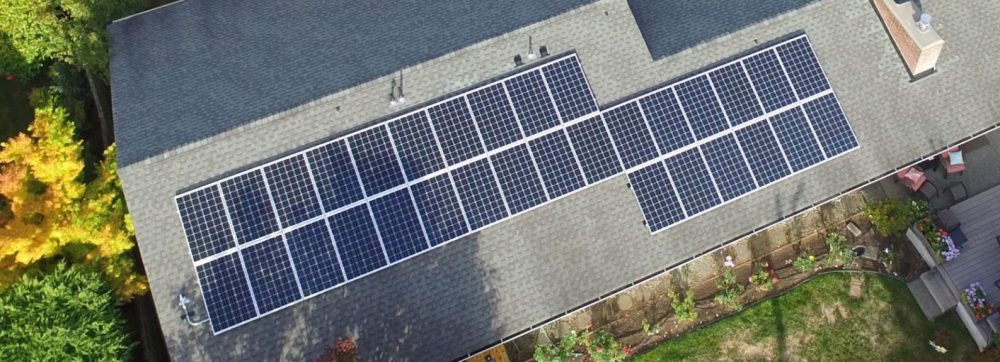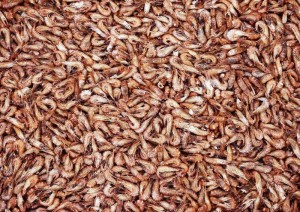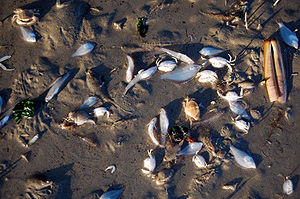Tiger, Jumbo, Northern, Spot, Pistol, Pink, Brown, Deep Water, King, Bay.
We get about 2/3rds of our Shrimp prawns from dragging, aka Trawling, the ocean floor. That’s “wild caught.”
We get the rest from near shore, and inland, shrimp farm ponds. Arguably better to source your shrimp from above-ground tank farms with clean cycling water and no destruction or habitat loss of mangroves and shoreline.
Shall we peel back the layers of the truth regarding “wild caught” shrimp?
Trawling. Shrimp are caught at sea by netting and, most effectively, by motorized vessels that use weighted nets. In coastal ecosystems, the watery critters live in nice neighborhood harmony. Unfortunately when the machinery and apparatus comes to the neighborhood it scrapes away the ecosystem.
Shrimp is:
- a small crustacean found in coastal regions worldwide,
- considered culinarily versatile,
- palatable,
- marketed as nutritious , and is
- in great demand by: Japan, China, Europe, and USA
Here is a link to a video of a Pistol shrimp and its cave dwelling companion: Goby Fish and Shrimp Share an Undersea Home. Goby fish have excellent eyesight, and these shrimp are effectively blind. Shrimp are excavators, and the Goby fish doesn’t burrow well. So they are a perfect match! Cooperation. Amusingly, there is a crab clapping in the corner!
Bycatch – Collateral damage 3x – 15x greater than the Shrimp haul itself
When the dragging net’s gain comes aboard, the boat now has everything the net could capture. Inevitably it captured non-shrimp, and this unintended product is now waste, called “bycatch“. This bycatch, which is now compromised, is typically thrown overboard, as seen in the photo.
Ghost Nets
Fishing is dangerous work. As shrimp boats move forward, the nets and weights below can snag on something and the boat is jerked back. One might then literally cut their losses and those plastic nets are now ghost nets that harm the ocean.
Allow your personal choices and collective voices to change this harmful practice.
Sources: MissionBlue, Wikipedia: Bycatch, Seafood Watch: Bycatch, Let Them Eat Shrimp by Kennedy Warne


